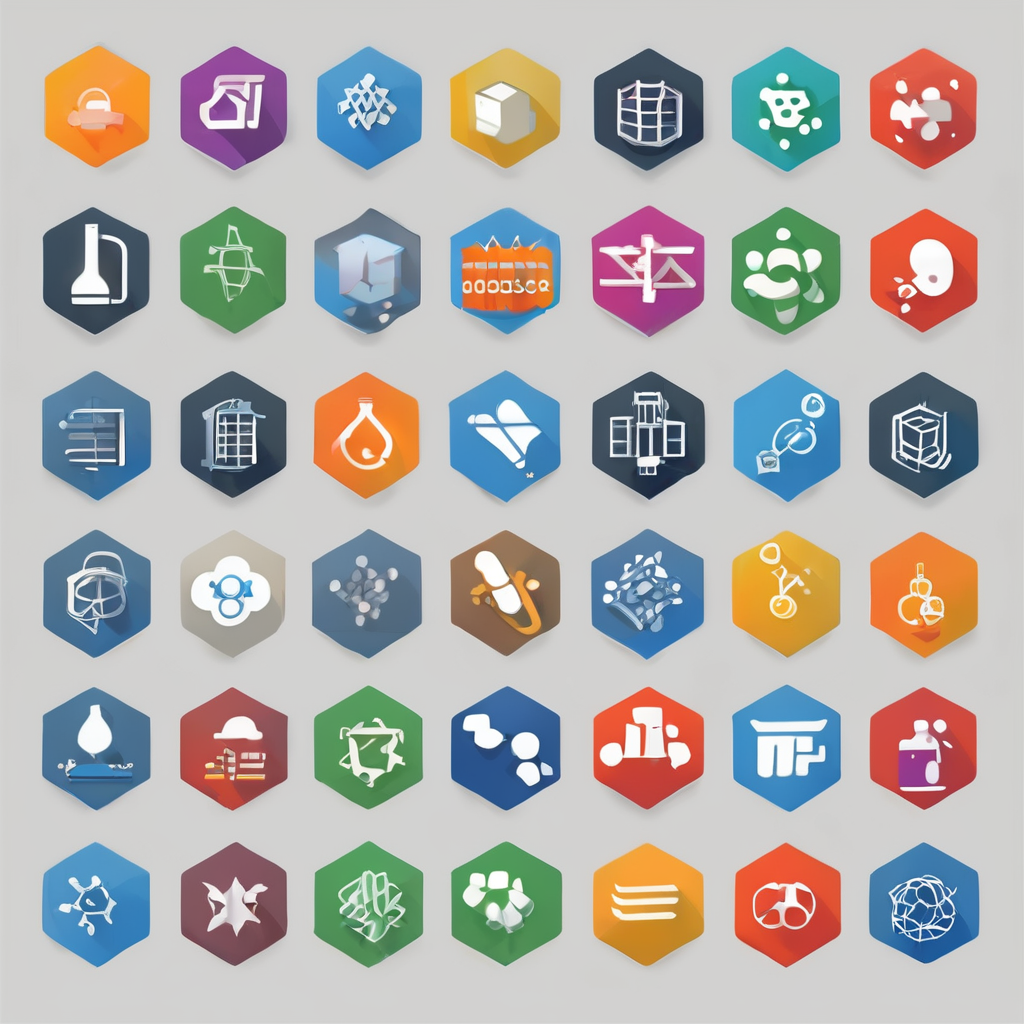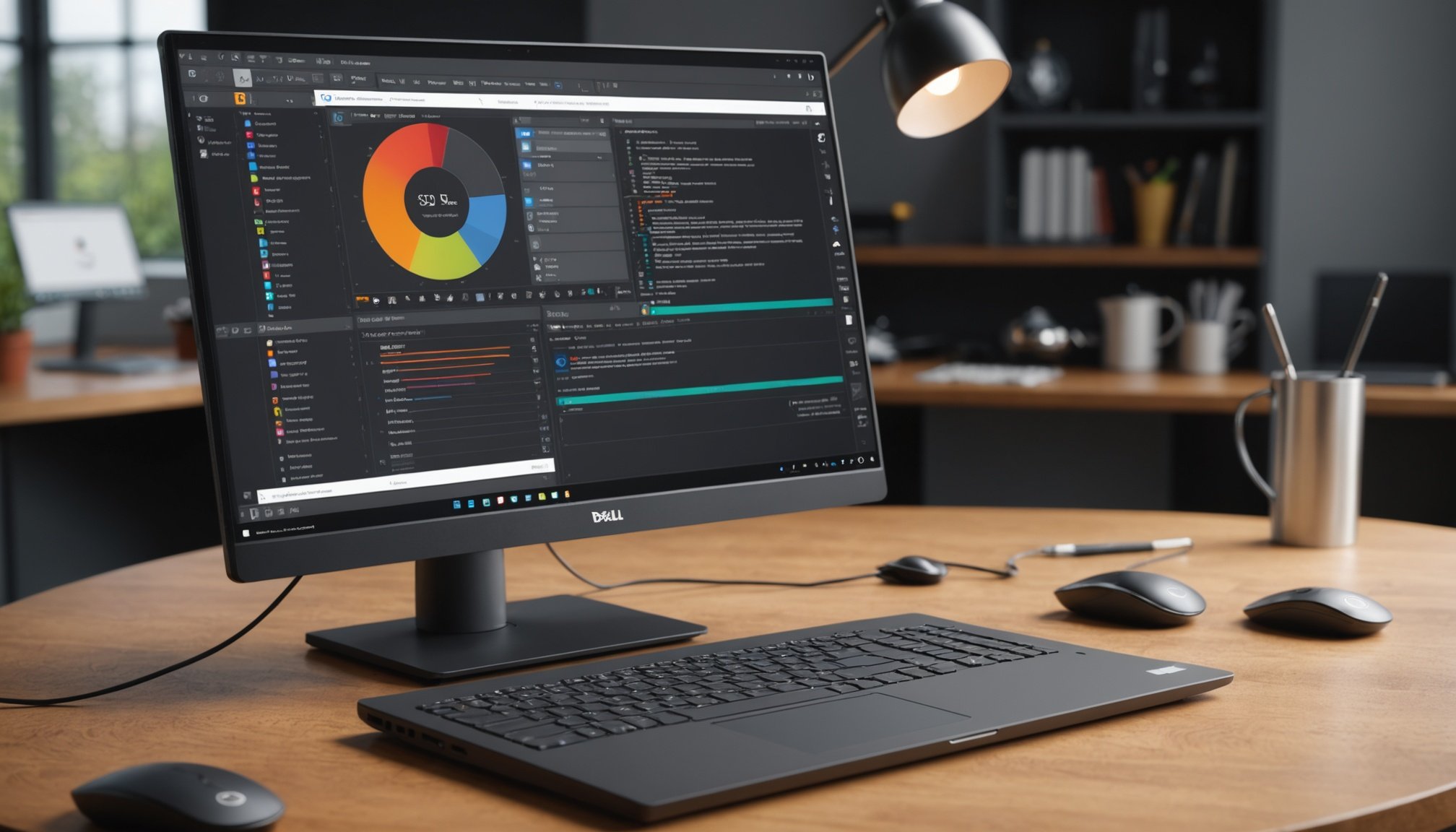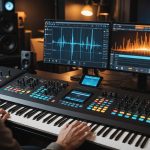Overview of Blender 3D Rendering on Dell Precision 5540
Exploring Blender 3D rendering on the Dell Precision 5540 offers fascinating insights into its hardware compatibility and overall capabilities. As users delve into 3D creation, the seamless operation of Blender heavily depends on the laptop’s specifications and ability to handle intensive tasks.
The Dell Precision 5540 is revered for its powerful processors and advanced graphic capabilities, making it suitable for rendering complex 3D projects. Its high-performance NVIDIA Quadro T2000 GPU combined with up to 64GB of RAM contributes significantly to efficient rendering, enhancing the user experience. Users have consistently praised this device, noting reduced lag times and superior rendering results in benchmark tests.
In parallel : Revitalize your it with top-quality refurbished servers
Additionally, the synergy between Blender and the Precision 5540 is evident in real-world scenarios. Artists and designers frequently highlight the smooth rendering performance when executing large-scale projects. The Dell Precision 5540 emerges as a robust rendering machine capable of handling intricate and resource-heavy Blender files with finesse.
In summary, the hardware harmony between Blender 3D rendering requirements and the Dell Precision 5540’s capabilities ensures users can push creative boundaries with minimal disruptions. For those in the creative industry, leveraging these strengths can elevate project outcomes significantly.
Additional reading : Ultimate step-by-step manual for adding and setting up extra ram in your lenovo thinkstation p620
Optimizing Blender Configuration Settings
To maximize rendering performance on Blender, especially on a powerful device like the Dell Precision 5540, several configuration settings need attention. Key adjustments can significantly enhance efficiency, ensuring smoother workflows.
Start with choosing the appropriate render engine. Blender offers two main options: Cycles and Eevee. Cycles is well-suited for high-quality photo-realistic rendering but demands more power. In contrast, Eevee speeds up processing by rendering in real-time, sacrificing some realism. Selecting between these depends on the project’s nature and deadlines.
Managing texture sizes and resolutions is also crucial. Reducing textures that aren’t visible in final renders can lower memory usage and speed up rendering. Utilize Blender’s texture baking feature to pre-render parts of your model, cutting down on computational load during final renders.
Other settings include tweaking sample counts and opting for denoising features, which can improve the balance between quality and speed. Check that your tile size matches your GPU capabilities. Larger tiles generally benefit GPU rendering, while smaller work better for CPU.
Ensuring your Blender setup is optimally configured is fundamental. Such adjustments are instrumental in harnessing the full capabilities of the Dell Precision 5540 for rendering projects with Blender.
Hardware Optimizations for Enhanced Performance
To achieve optimal hardware optimization on the Dell Precision 5540 for Blender 3D rendering, consider several crucial enhancements. Firstly, upgrading the RAM to its maximum capacity of 64GB significantly enhances performance by allowing more data processing and reducing lag during intensive tasks. Increased RAM supports Blender’s need for high memory access, especially for complex scenes.
Further, selecting a more powerful GPU like the NVIDIA Quadro series can lead to faster rendering times. The current Quadro T2000 is robust, but higher-tier GPUs deliver even sharper results.
Proper cooling systems are essential; intense rendering generates heat, straining components. Ensure the laptop’s cooling mechanism—usually fans and vents—is maintained to manage thermals efficiently. Consider investing in external cooling pads for additional temperature control.
When configuring power settings, balance maximum performance against battery longevity. Rendering tasks benefit from full-powered operation, but beware of rapid battery depletion. For the highest efficiency, plug the device in during intensive sessions to leverage its full processing capacity without battery constraints.
Such hardware optimizations drive successful rendering outcomes on the Dell Precision 5540, directly impacting efficiency and creative execution.
Best Practices for Scene Management
Managing complex scenes in Blender can be challenging, especially when working on the Dell Precision 5540. Efficient scene optimization is crucial to minimize rendering times and enhance performance. Here are some practices that can streamline the process and improve efficiency.
One effective technique is the use of layers and collections. By organizing your scene elements logically, you can isolate specific areas to work on, reducing the load on your system. This allows you to make adjustments without affecting the entire project, significantly enhancing workflow efficiency. To maximize clarity, consider assigning different colours to collections and utilizing the layering system for easy access.
It’s also important to routinely clean up your scenes. Minimizing unused assets, such as textures or models that are no longer needed, conserves memory and reduces processing time. Blender provides tools like the ‘Remove Doubles’ and ‘Simplify’ functions, which help maintain cleanliness in your project files.
Additionally, ensure shadows or reflections are only applied where needed. These techniques, integrated into your regular process, can profoundly impact Blender’s performance on the Dell Precision 5540. Managing scenes effectively not only optimizes rendering but also supports creative exploration without technical hindrances.
Rendering Options and Comparisons for Dell Precision 5540
When considering rendering options on the Dell Precision 5540, understanding their impact on Blender performance is crucial. The versatility of rendering engines such as Cycles and Eevee offers distinct benefits. Cycles provides high-quality, realistic images, an advantage for projects requiring detailed textures and lighting. The process, however, is resource-intensive. Eevee, being less demanding, enhances speed, favouring projects with tight deadlines at the cost of some photorealism.
Evaluating the comparison between various GPUs, the NVIDIA Quadro T2000 is noteworthy. Its capabilities allow smooth operations and satisfactory render times. Yet, for users seeking finer output, upgrading to higher-tier GPUs could boost rendering capabilities, although this may increase power consumption and heat output.
Additionally, the rendering output quality versus speed on the Dell Precision 5540 is a balanced game. Prioritising rendering quality necessitates patience, especially on complex projects. Opting for faster rendering minimises waiting time but may compromise some aspects of image fidelity. Users must assess project needs to make informed choices, ensuring the benefits align with creative goals. Investing in understanding these options facilitates performance enhancement and optimises the Blender experience on this robust device.
Utilizing Software Tools to Boost Rendering Efficiency
In the world of Blender 3D rendering, harnessing the right rendering tools can dramatically enhance productivity, especially on machines like the Dell Precision 5540. A crucial step to optimise rendering is leveraging add-ons within Blender. These can streamline the workload by automating repetitive tasks and optimizing system resources. Add-ons such as “Auto Load” and “RenderMan” provide user-friendly interfaces that allow for easier management of complex scenes and faster rendering times.
To improve rendering efficiency, engaging external software for batch rendering processes is beneficial. Using software like “Deadline” or “RenderStreet” can facilitate distributed rendering jobs, thus expediting outputs without monopolising system resources. This approach effectively utilises the full potential of Dell Precision 5540‘s capabilities, balancing workloads across available performance capacities.
When comparing various rendering tools, it’s important to consider their compatibility and effectiveness. Tools like “ProRender” and “VRay” are lauded for their robust output and seamless integration with Blender, optimizing workflows and rendering results. Each tool has distinct advantages; some may provide speed, while others offer detail. Choosing the right tools depends on individual project needs, ensuring enhanced productivity and efficiency on the Dell Precision 5540.










